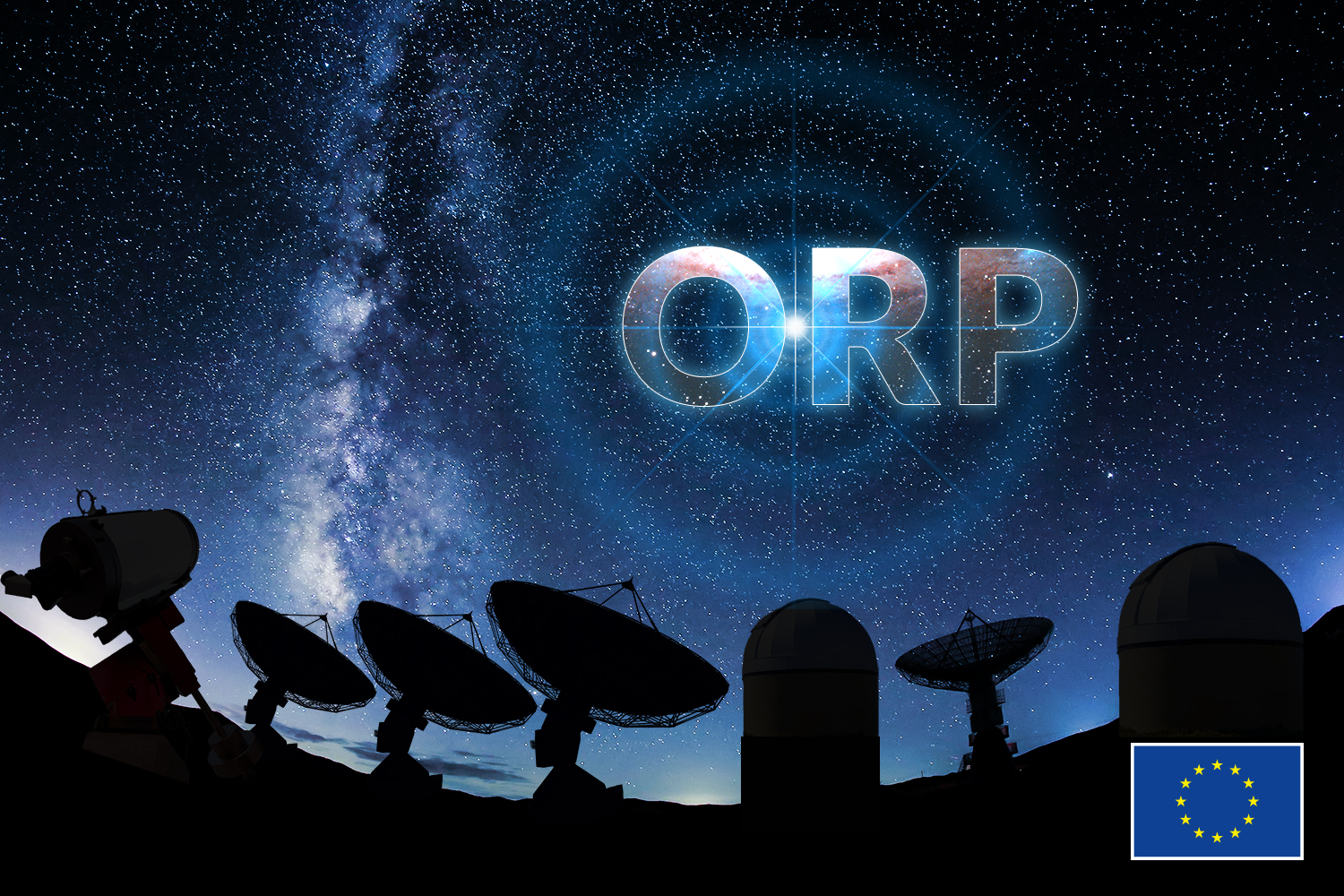OPTICON-Radionet PILOT (ORP), the largest astronomy network in Europe, is born
Two astronomy networks come together to form the largest collaborative terrestrial astronomy network in Europe
To date, Europe has had two major collaborative networks for ground-based astronomy, OPTICON and RadioNet, operating respectively in optical and radio. Now, these networks have come together to form the largest collaborative network for ground-based astronomy in Europe. The new network, called OPTICON-Radionet PILOT (ORP), aims to harmonise observing methods and tools and to provide access to a wider range of astronomical facilities. Calar Alto Observatory (CAHA) and the Institute of Astrophysics of Andalusia (IAA-CSIC) participate in the project, which will be coordinated by the French National Centre for Scientific Research (CNRS), together with the University of Cambridge and the Max-Planck Institute for Radio Astronomy.
As our knowledge of the universe advances, research groups need an increasingly sophisticated range of techniques to analyse and understand astronomical phenomena. Faced with this scenario, the European Union has decided to bring together the OPTICON and RadioNet networks, which have successfully served their respective communities for the past twenty years.

The project, with €15 million in funding from the European Union's H2020 programme, will enable the European astronomical community to now benefit from a network of some twenty telescopes and telescope arrays. The new programme will facilitate the astronomical community's access to these infrastructures, in addition to training new generations of astronomers.
According to the management team, “it is very exciting to have this opportunity to further develop European integration in astronomy, and develop new scientific opportunities for astronomy research across Europe and globally”.
The ORP will in particular foster the development of the booming field of what is known as multi-messenger astronomy, which makes use of a wide range of wavelengths as well as gravitational waves, cosmic rays and neutrinos. Removing barriers between communities by harmonising observation protocols and analysis methods in the optical and radio domains will enable astronomers to work better together when observing and monitoring transient and variable astronomical events.
A total of thirty-seven institutions from fifteen European countries, as well as from Australia and South Africa, have already joined the ORP consortium. Among the participating centres are Calar Alto Observatory (CAHA), which will offer telescope time to the network, and the Institute of Astrophysics of Andalusia (IAA-CSIC), which is part of the ORP network executive committee. "This is an excellent opportunity to join scientific efforts to optimise the use of astronomical observatories all over Europe", say Jesús Aceituno and Jorge Iglesias, Calar Alto Director and IAA-CSIC researcher, respectively.
Instituto de Astrofísica de Andalucía (IAA-CSIC)
Unidad de Divulgación y Comunicación
Silbia López de Lacalle - sll[arroba]iaa.es - 958230676
https://www.iaa.csic.es
https://divulgacion.iaa.csic.es

